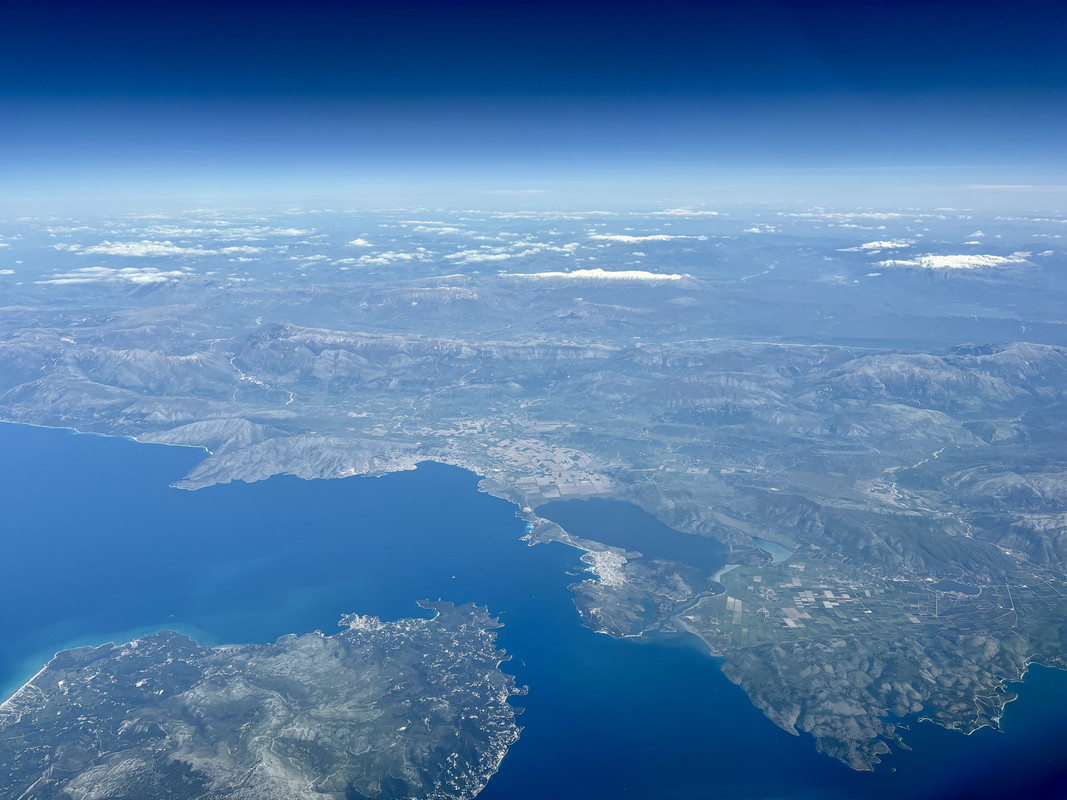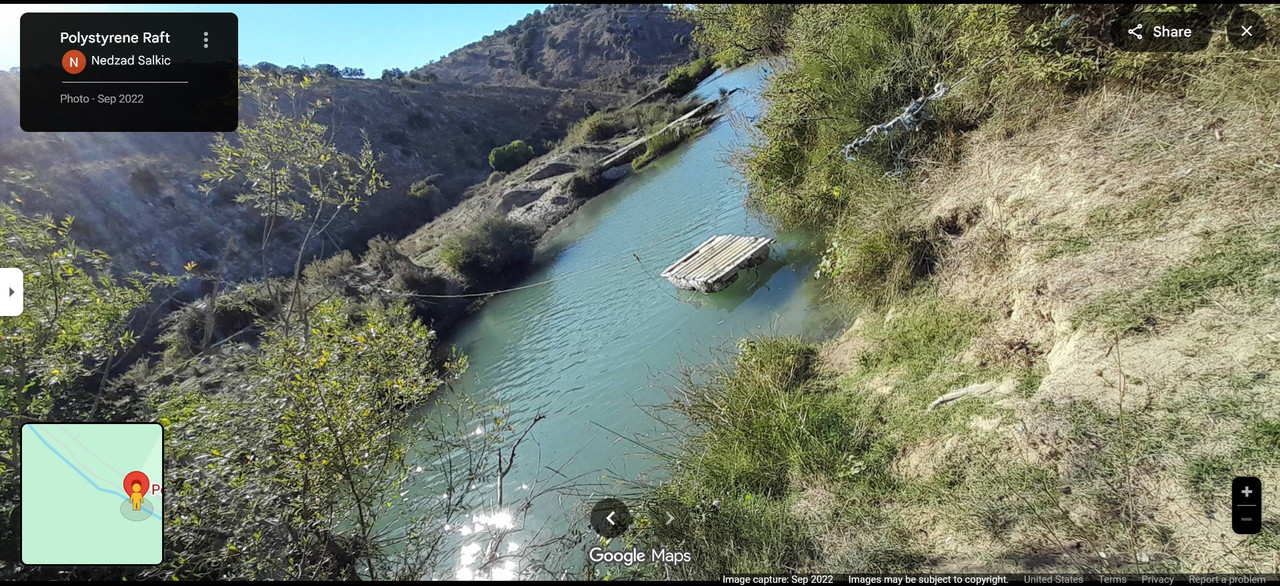01.11.2025
viewtopic.php?p=52793#p52793
Remains of the
Church in Ciflik, Konispol Municipalit
(view to the south)

PHOTO (and next post)
https://www.facebook.com/MountAetosNort ... JAtZPUpbel
The remains of the church are situated
to the west side of village Ciflik and Cuka of Ajtoi. It is a basilica.Its building technique based on the construction of walls with stones, bricks and pieces of tiles is similar
with this used on the construction of Berati churches and in general with those in Arta (in Greece). Based on these data the church is dated back in the end of century XIII. It can be reached through a dirty agriculture route.
(
https://www.instagram.com/p/BEWJaBhRfuW/)
It is located
on the hill of Mallahuna near the village of Ciflik, between the gorge of Ajtoi and the west of the village. It was discovered in the early twentieth century. It was built in the late thirteenth century.
The basilica has three trains, 17m long. The walls of the church are built of limestone, connected with clay mortar, which distinguishes the special way of processing joints. They are filled with an ocher-colored lime paste and flattened with a special tool. The church was covered with a double roof.
(https://get-experience-tourism.eu/locat ... ik-church/)
... basilica is located west of the village of Çiflik and Çuka e Ajtoit, on
a low hill on the bank of the Pavël River. Other ruins that the locals call “monastery” are found on the hilly plateau. The church is a three-nave basilica and consists of the nave, the narthex and the altar. The three-layer construction technique, with the lower one being built with stones and pieces of bricks and tiles between them, the middle one shows the same technique with the east wall and the upper one with the clausonage technique, rank the church in close relations with the churches in Berat and in general with the churches of Arta in Epirus. The church is thought to date back to the 13th
(scroll down https://ambasadat.gov.al/canada/en/monu ... -kultures/)









